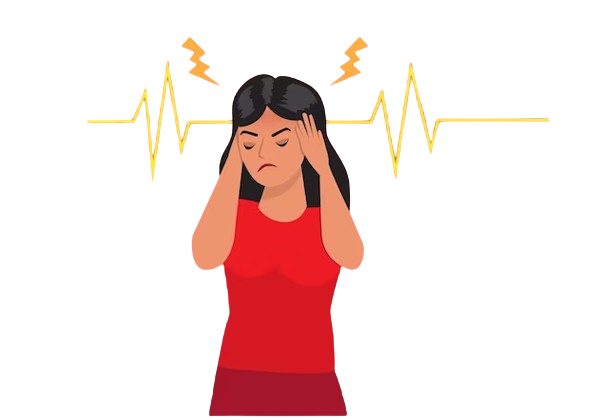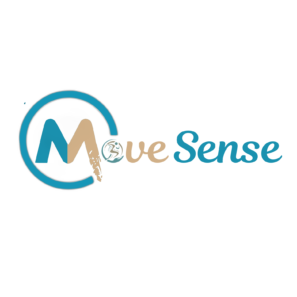Chronic Daily Headache
Chronic Daily Headache
Chronic Daily Headache (CDH) is a tern used to describe a varity of headache disorder that occur frequently, typically 15 or more days per month, for at least three months. CDH is not a specific diagnosis but rather a category that includes several types of headaches, the most common being chronic migraine and chronic tension-type headache.
Key characteristics of CDH include:
- Frequency: Occurs 15 or more days per month.
- Duration: Persists for at least three months.
- Types: Includes chronic migraine, chronic tension-type headache, new daily persistent headache(NDPH), and hemicrania continua.
Proper diagnosis and treatment are crucial for managing CDH, as it can significantly affect a person’s quality of life and daily functioning.

What are the signs and symptoms of Chronic Daily Headache?
Among all headache and migraine sufferers, this condition affects 30-80% of the Brisbane population. On average, these headaches last for at least 4 hours each day. The persistent nature of the pain and daily symptoms makes it particularly disabling.
Those with constant headaches often find it extremely difficult to concentrate and perform everyday tasks.
- Need Assistance?
(07) 5619-5588
Types of Chronic Daily Headache
It’s important to note that for headaches to be classified as Chronic Daily Headaches, they must occur on 15 or more days each month for at least three consecutive months. The four common types are:
- Chronic Tension-Type Headache
- New Daily Persistent Headache
- Chronic Migraine
- Hemicrania Continua
Chronic Tensio-Type Headache
Chronic tension-type headache is characterized by bilateral pain on both sides of the head, with the pain usually being symmetrical and equal on the left and right.
Unlike migraines, chronic tension-type headaches cause mild to moderate pain, often described as a tightening or pressing sensation rather than a pulsating pain.
New Daily Persistent Headache
New daily persistent headaches typically affect individuals with no prior history of headaches. These headaches begin abruptly and suddenly, with the pain becoming constant within the first three days of the initial onset.
The symptoms are similar to those of chronic tension-type headaches, with bilateral pain on both sides of the head. The pain is usually mild to moderate and is described as a pressing or tightening sensation rather than a pulsating one.
Hemicrania Continua
Hemicrania continua is typically a more severe headache that affects one side of the head and remains locked on that side, without shifting. This headache is constant, with no pain-free periods. The pain is generally moderate but can have severe spikes throughout the day.
Individuals suffering from this headache may also experience autonomic symptoms such as a watery eye, swollen or droopy eyelids, redness in the eye, and a blocked or runny nose. Additionally, migraine-like symptoms such as sensitivity to light, sound, or smell, as well as nausea and vomiting, can occur.
Chronic Migraine
Chronic migraine typically affects individuals with a history of episodic migraines. These migraines often become chronic due to lack of treatment or worsening over time.
The pain is usually unilateral, affecting one side of the head, but it can switch from left to right either within the same attack or during different attacks. The pain is generally experienced as a throbbing and pulsating sensation and is usually moderate to severe in intensity.
I’ve tried everything already. What can be done to help my Chronic Daily Headache?
How MoveSense will help you treat the Chronic Daily Headache?
Many of our patients report having tried various treatments for their persistent headache symptoms without success. A common issue is that they still don’t know the underlying cause of their chronic daily headaches, despite consulting multiple healthcare professionals. At MoveSense, we frequently encounter patients with Chronic Daily Headaches and apply world-class techniques to assess and address this condition.
We start with a thorough examination of the upper cervical spine to evaluate the severity of your sensitized brainstem. It is crucial for chronic daily headache sufferers to determine whether their symptoms are due to a hypersensitive brainstem.
If your symptoms are linked to a sensitized brainstem, treatment can begin immediately, with most of our Chronic Daily Headache patients experiencing significant improvement rapidly—typically within the first five treatment sessions. We have achieved substantial results for many patients with Chronic Daily Headaches.
The best aspect of our treatment approach is that it is medication-free, surgery-free, and non-invasive.

Varun Gautam
Headache and migraine specialist Physiotherapist
